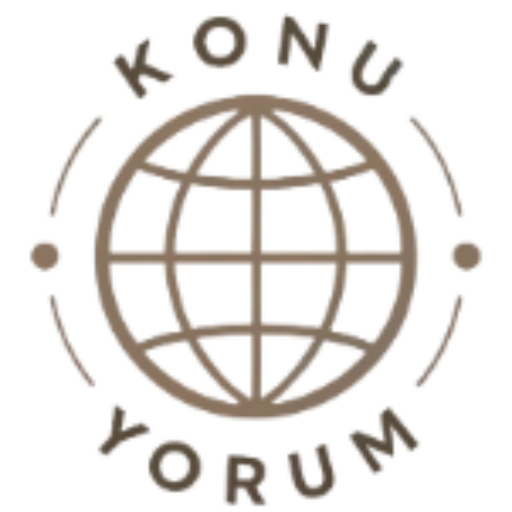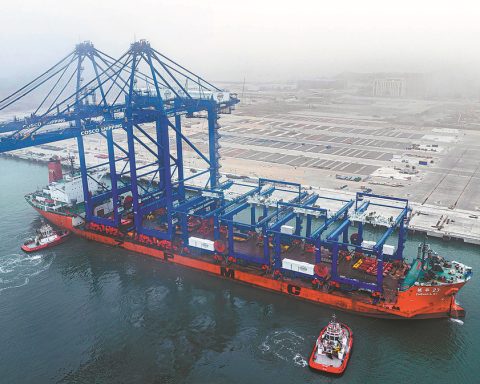According to a new study, some of Japan’s earliest inhabitants appear to have migrated from the Korean Peninsula, offering fresh insights into ancient migration patterns to Japan.
While Japan is now a global hub for business and tourism, its islands remained relatively isolated until around 3000 BC. The first known inhabitants, the Jomon people, were hunter-gatherers who lived in isolation starting from around 14,000 BC. Migration from continental Asia to Japan began between 3000 BC and 538 AD, during the Yayoi and Kofun periods. A new study, published in the Journal of Human Genetics, analyzed the genome of an individual from the Yayoi period, approximately 2,300 years ago, found at the Doigahama archaeological site in Yamaguchi Prefecture.
Researchers from the University of Tokyo compared the genome of this individual with those of ancient and modern populations across East and Northeast Asia. Their findings revealed that, among non-Japanese populations, the genome of the Yayoi individual most closely resembled that of Koreans, particularly people from the Kofun period, whose ancestors originated from East and Northeast Asia. According to study co-author Jun Ohashi, “Our results suggest that the majority of immigrants who arrived in Japan during the Yayoi and Kofun periods came predominantly from the Korean Peninsula. During the Yayoi period, these migrants intermingled with the Jomon people, forming a population that would become the ancestors of modern Japanese people.”
These findings challenge earlier assumptions that Northeast Asians migrated to Japan during the Yayoi period and East Asians during the Kofun period. The research team plans to further analyze more genomes from the Yayoi period to deepen our understanding of the origins of modern Japanese people.









